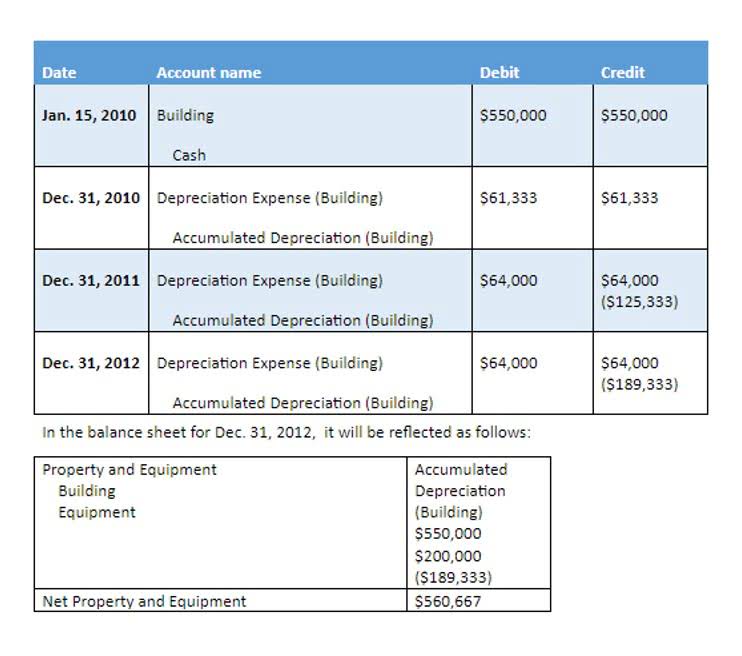
Shareholder equity is the difference between a firm’s total assets and total liabilities. This equation is known as a balance sheet equation because all of the relevant information can be gleaned from the balance sheet. Since equity accounts for total assets and total liabilities, cash and cash equivalents would only represent a small piece of a company’s financial picture. Stockholders’ equity is equal to a firm’s total assets minus its total liabilities.

Common Misunderstandings about the Equity Equation
Shareholder equity (SE) is a company’s net worth and it is equal to the total dollar amount that would be returned to the shareholders if the company must be liquidated and all its debts are paid off. Thus, shareholder equity is equal to a company’s total assets minus its total liabilities. Private equity is often sold to funds and investors that specialize in direct investments in private companies or that engage in leveraged buyouts (LBOs) of public companies. In an LBO QuickBooks transaction, a company receives a loan from a private equity firm to fund the acquisition of a division of another company. Cash flows or the assets of the company being acquired usually secure the loan.
What is the Total Equity Calculation?
Total Equity is a critical component of a company’s balance sheet and indicates the value left for shareholders after all debts are paid. Total Equity is an important element in various financial ratios, giving insight into a company’s financial health and performance. Negative Total Equity can be a sign of financial distress, indicating that liabilities exceed assets. While total equity represents the entire value of a company’s assets minus its liabilities, Tangible Common Equity focuses on only tangible assets and common shareholders’ equity. The primary difference is the exclusion of intangible assets, which are often harder to liquidate or assess accurately during financial crises.
- You might own a 70% stake in the company while your partner owns 30%, for example.
- Home equity is often an individual’s greatest source of collateral, and the owner can use it to get a home equity loan, which some call a second mortgage or a home equity line of credit (HELOC).
- In the initial phases of a start-up business, equity is typically low or even negative.
- Conversely, business decline or financial challenges can have a negative impact on equity as it may result in reduced revenues, losses, and asset write-downs.
- If a company’s shareholder equity remains negative, it is considered to be balance sheet insolvency.
- As an Investopedia fact checker since 2020, he has validated over 1,100 articles on a wide range of financial and investment topics.
- Company equity is an essential metric when determining the return being generated versus the total amount invested by equity investors.
How Does the Balance Sheet Show the Amount of Stockholders’ Equity?

All these benefits eventually create a shareholder’s ongoing interest in the company’s equity. Here total total equity formula assets refer to assets present at the particular point and total liabilities means liability during the same period. Retained earnings should not be confused with cash or other liquid assets.


Companies may return a portion of stockholders’ equity back to stockholders when unable to adequately allocate equity capital in ways that produce desired profits. This reverse capital exchange between a company and its stockholders is known as share buybacks. Shares bought back by companies become treasury shares, and their dollar value is noted in the treasury stock contra account. The share capital represents contributions from stockholders gathered through the issuance of shares. It is divided into two separate accounts common stock and preferred stock.
Get in Touch With a Financial Advisor
Consider this actual balance sheet for Bank of America Corporation (BAC), taken from their 2023 annual report. The numbers for total assets and total liabilities are $3.18 trillion and $2.88 trillion, respectively. Shareholders’ equity can be calculated by subtracting a company’s total liabilities from its total Food Truck Accounting assets, both of which are itemized on the company’s balance sheet.
- To calculate equity on a balance sheet, the first step is to identify and quantify the company’s total assets.
- Consider this actual balance sheet for Bank of America Corporation (BAC), taken from their 2023 annual report.
- As assets increase, the value of the company increases, which increases the value of shareholders’ ownership stake in the company.
- Negative Total Equity can be a sign of financial distress, indicating that liabilities exceed assets.
- Notice how Anne & Company sold Anne’s mom a special kind of stock called preferred stock.
- Stockholders’ equity might include common stock, paid-in capital, retained earnings, and treasury stock.
- Looking at the same period one year earlier, we can see that the year-on-year change in equity was a decrease of $25.15 billion.
How To Calculate Equity On Balance Sheet

It is the amount received by the shareholders if we liquidate all the company assets and repay all the debt. In short, equity measures the net worth of a company or leftover after deducting all the liabilities value from the value of the assets. As such, it is a common financial metric which is used by most of the analysts to assess the financial health of a company.